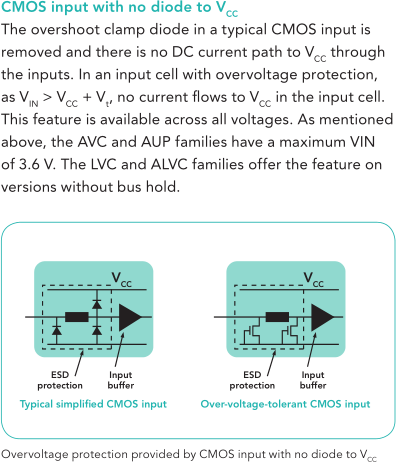Hi,
I have some questions regarding the input port protection circuit (if there are any) for the SN74LVC14APW.
This IC is applied to the push button debounce circuit.
Phenomenon: IC input port of PIN1 is damaged. After the IC is damaged, the following testing is carried out.
The resistor value of input pin1 and pin7(gnd)is low impendence(about 300Ω)。
The voltage value of pin1 and pin7 is about 0.3V using the Multimeter's diode gear testing.
Question:
Q1: Which condition can cause the pin to be damaged.
IF I want to reappear the damage case, How to operate?
Q2: Can we have the equivalent circuit of SN74LVC14APW input port ?



